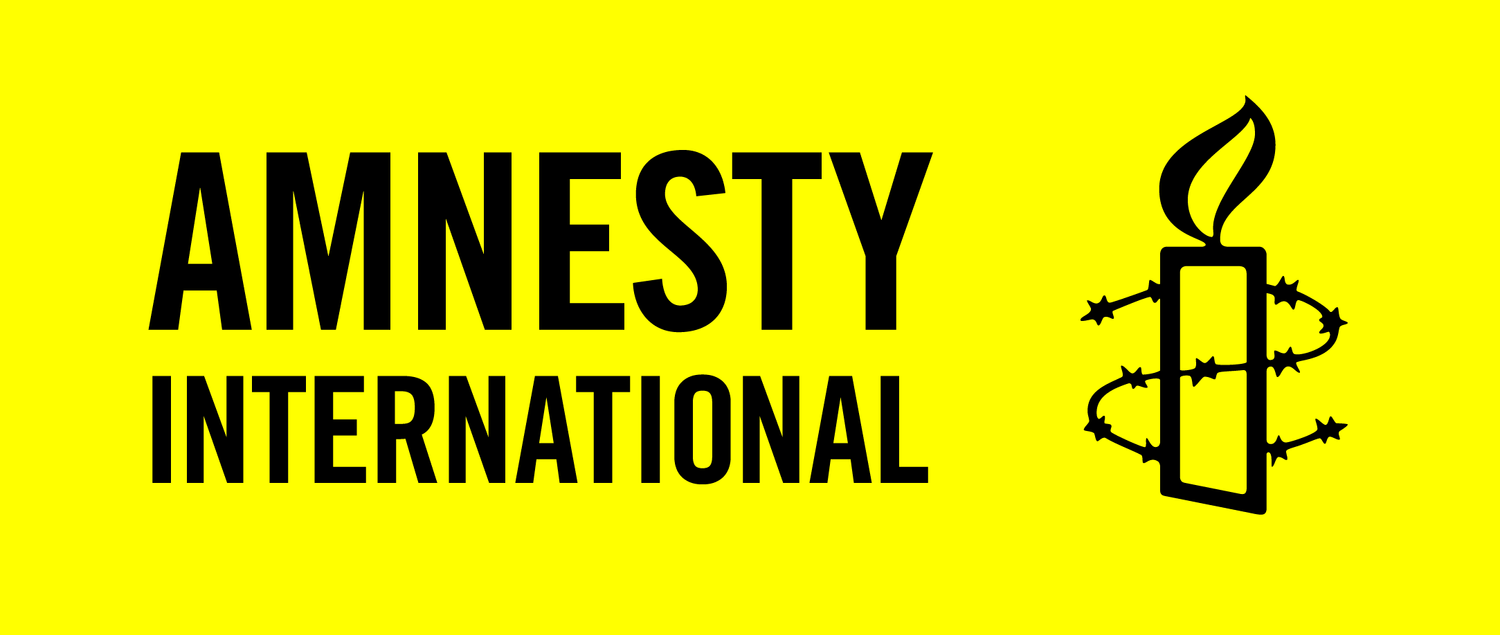The board of an Amnesty entity is responsible for overseeing the recruitment process of the entity Director in an open, fair, transparent and rigorous manner
Making sure new Board members are introduced appropriately to their leadership role and their functions within the national, regional and global Amnesty context is key for the stability, continuity and strength of our entities.
The purpose of the induction is to welcome and orient the new board members to the board, entity, and wider organisation. It is also an opportunity to identify and develop specific training or governance support needed by the new board, and to acquaint the board, entity Director, and other senior staff leaders, with each other in a positive and mutually beneficial manner.
Developing a formal process for new Board member’s inductions contributes to enhanced learning opportunities, leadership continuity and nurturing new leaders into a position of responsibility and impact in our human rights work. A new Board member induction typically commences at the point when departing and continuing board members evaluate their experiences of the ending governance period. This means that the induction period of the new board can be informed by the experiences of the previous governance cycle and include these learnings in the induction process (see more in the module Managed Exit)
Departing from an evaluation of the ending governance cycle, the Chair of the Board and the Director are best placed to develop a process for a new Board member’s induction. Key to the induction, is the participation of the Director as the key adviser to the Board and operational leader of the entity. The Director is an essential partner in effective governance, and should actively participate in the Board induction process. A smooth transition to a new board is key to the stability of the entity and to the effectiveness of the new board.
Similarly, a well-structured Board induction process would help Board members to understand their roles and their collective and individual responsibilities, learn from existing good practices, maintain continuity with established norms and behaviours that are working well, identify priorities for change and provide to the entity with the best possible leadership stewardship.
Indeed, a strong Board induction typically lays the foundations of a solid working relationship and leadership in the entity through sharing and learning initiatives. In this sense, through the Movement Building Programme, your Regional Capacity Building Coordinator can also provide support on developing and implementing the new Board member induction. They can provide advice on a range of induction tools and resources around training, coaching, mentoring, peer-to-peer webinars, key Amnesty documents and best practices.
See Resources for tools about New Board Member Induction.









